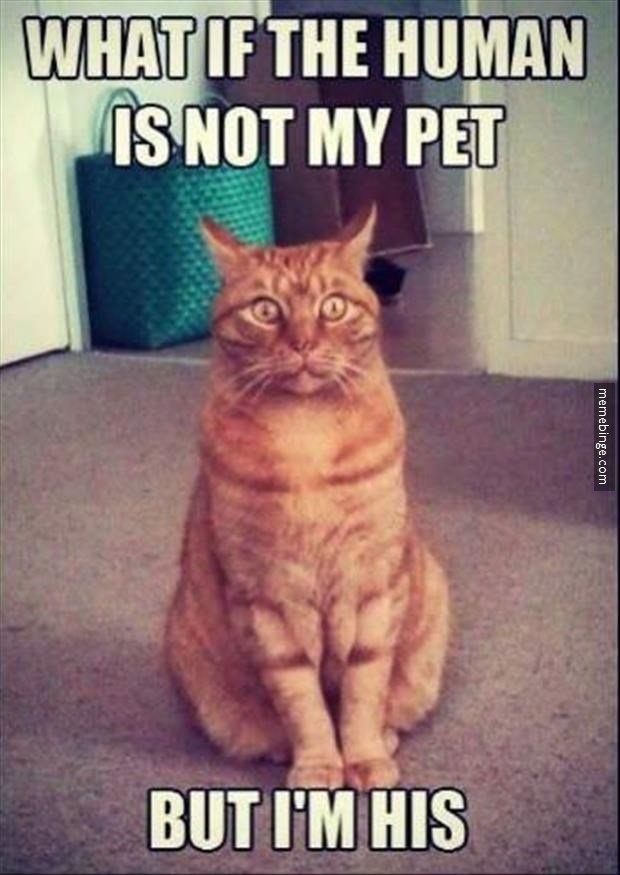Memes have been one of the most popular internet sensations since the late 2000’s. However, not many people know where the idea for funny pictures that relate to our everyday lives come from. Here’s where internet memes come from.
The word “meme” goes back a bit in the past, being used by the biologist Richard Dawkins for the first time in his 1976 book, The Selfish Gene. In the book, he was talking about how ideas could replicate and evolve, and from there go into popular culture in a process that is similar to that of how genes spread.
Today, internet memes come from different humoristic websites in which users create an image that is based on something trending at the moment with a relatable title or subtitle that serves to explain people’s everyday encounters with the world. Even though memes are mostly funny and ironic, at times they involve sometimes controversial topics such as politics and are often used to spread aggressive, offensive and discriminative messages.
There are a lot of online communities that focus on creating and sharing internet memes across the web, with the idea to make them viral. Going viral is a process known as “attention hacking.” There are many websites that “worship” the culture of meme, such as Reddit, 4chan, 9gag and others.
The knowledge of memes and where internet memes come from has changed thanks to the research paper of Gianluca Stringhini from the University College London and colleagues who found a way to measure the dissemination and propagation of memes online. Thanks to their technique, the team has discovered how meme-creating communities manage to influence each other and the internet groups that are the most influential in spreading this culture.
The first step of their research was to find and develop a way that would help the team track memes. The team did this by looking at visually similar images, and measuring how they bode in different communities.
The team used their algorithm on a database that contains over 100 million images that were gathered from communities that are known for generating memes, for example Reddit and the subgroup called The_Donald, Twitter, 4chan’s politically incorrect forum famous as /pol/, and a new social network called Gab, used for accepting other users that were banned from previously mentioned networks.
The team gathered around 700,000 images from the website KnowYourMeme.com, which is an encyclopedia of memes. The database produced more than 100 million original pHashes, although a lot of the images are similar to each other. The team used a clustering algorithm to find memes that are closely related by community.
The team also learned that variants and clusters change and evolve over time. Other segments, like how many memes there are in a cluster, contribute to their popularity. That helped the team learn which communities are more influential than others.
Also, the team searched how clusters that are related to entries on KnowYourMeme.com are connected to different segments of posting. That helped the team learn to whom the memes relate to as well as whether they promote humor, racism, anti-Semitism or other topics.
There are two relatively smaller communities that stand out as being particularly effective at spreading memes.
“We find that /pol/ substantially influences the meme ecosystem by posting a large number of memes, while The Donald is the most efficient community in pushing memes to both fringe and mainstream Web communities,” Stringhini and co said according to a MIT review.
Normal or neutral memes can easily be “weaponized” too by mixing them with other messages. For instance, the “Pepe the Frog” meme was used for making politically active, racist and anti-Semitic messages.
Nevertheless, humans are the most important factor in meme creating communities like 4chan. However, how long until computers take over to create machine-generated memes that could be infectious? What could happen to the weaponization of memes in the future?





